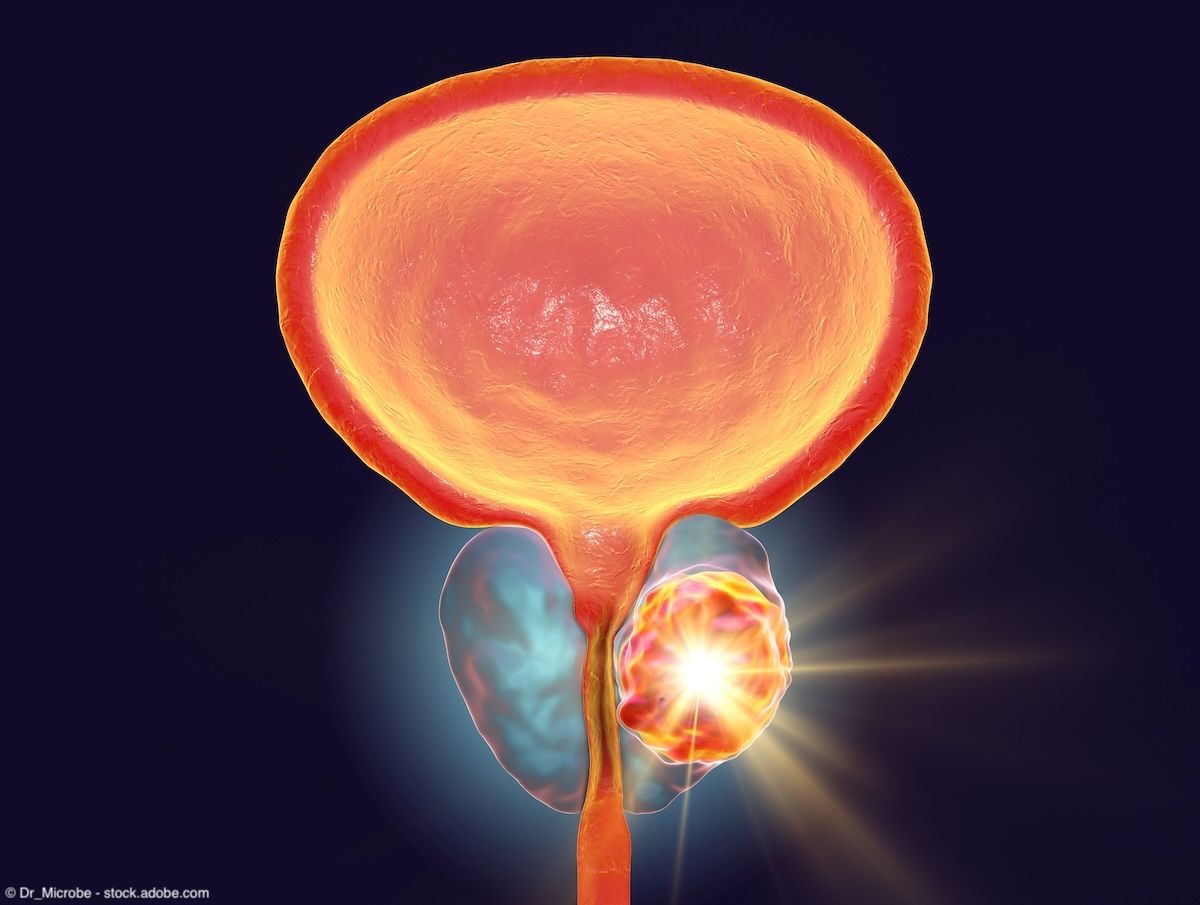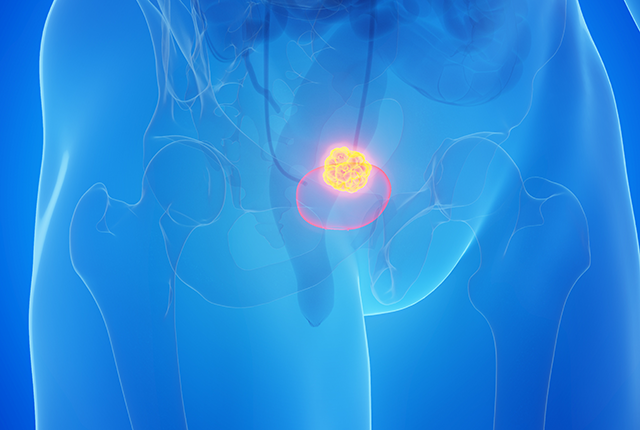Newly hatched European great tits learn life skills less from their parents and more from siblings and other flock mates, according to a study published October 9th in the open-access journal PLOS Biology by Sonja Wild of the Max Planck…
Author: admin
-

Nintendo just surprise-dropped a Japan-only SNES Mario game onto the Virtual Console
Nintendo just released an odd little game onto the SNES Virtual Console that was previously exclusive to Japan. The simply-titled Mario & Wario is a point-and-click puzzle game that finds the plumber on the search for his brother after his…
Continue Reading
-

Assassin’s Creed game canceled to avoid racist backlash
Ubisoft has reportedly canceled the next mainline Assassin’s Creed game (codenamed “Project Scarlet”) for fears of political backlash in the United States.
According to Game File, the company canceled the game in July 2024, one month after CEO…
Continue Reading
-

Most wickets in Women’s Cricket World Cup 2025
Rosalind Heggs, who played for the Young England team, finished as the top wicket-taker with 12 scalps in the inaugural edition of the Women’s ODI World Cup in 1973 when two English teams participated – the senior side and a younger…
Continue Reading
-

David Beckham’s hilarious reaction to ‘Victoria’s husband’ label delights fans
David Beckham and Victoria Beckham: File photo David Beckham had fans laughing on Thursday after sharing a playful moment while watching his wife Victoria Beckham’s new Netflix documentary.
In an Instagram Story,…
Continue Reading
-

Data support SBRT as alternative to CFRT in post-prostatectomy setting
Stereotactic body radiotherapy (SBRT) delivered to the prostate fossa ± pelvic nodes after radical prostatectomy demonstrated favorable 4-year biochemical recurrence-free survival (BCRFS) with a manageable safety profile, according to data from…
Continue Reading
-

The OnePlus 13 is still at its lowest price yet at Amazon
Prakhar Khanna/ZDNET Follow ZDNET to learn more about smartphones: Add us as a preferred source on Google.
Amazon’s next Prime Day is over. It was a major sales event during which the platform rolled out a ton of killer discounts for…
Continue Reading
-

Hyrule Warriors: Age of Imprisonment – 7 Key Changes From the First Game
[Editor’s Note: If you’d like more in-depth hands-on impressions of Age of Imprisonment, check out our recent preview.]
It’s time to go back – way back – with Zelda in Hyrule Warriors: Age of Imprisonment. Set in the ancient past, during the…
Continue Reading
-

Mutations in normal cells may set stage for bladder cancer – UW Medicine
Mutations that give certain cells an evolutionary advantage may help explain why men are more likely than women and smokers are more likely than nonsmokers to develop bladder cancer, according to a study by researchers at the University of…
Continue Reading
-

Richa Ghosh’s 94 in vain as South Africa stage stunning comeback to beat India by 3 wickets in Women’s World Cup – Firstpost
South Africa fought back from 81/5 to defeat India by three wickets in a thrilling Women’s World Cup clash at Visakhapatnam. Richa Ghosh starred with 94 for India, but Laura Wolvaardt, Chloe Tryon, and Nadine de Klerk led the Proteas’…
Continue Reading
